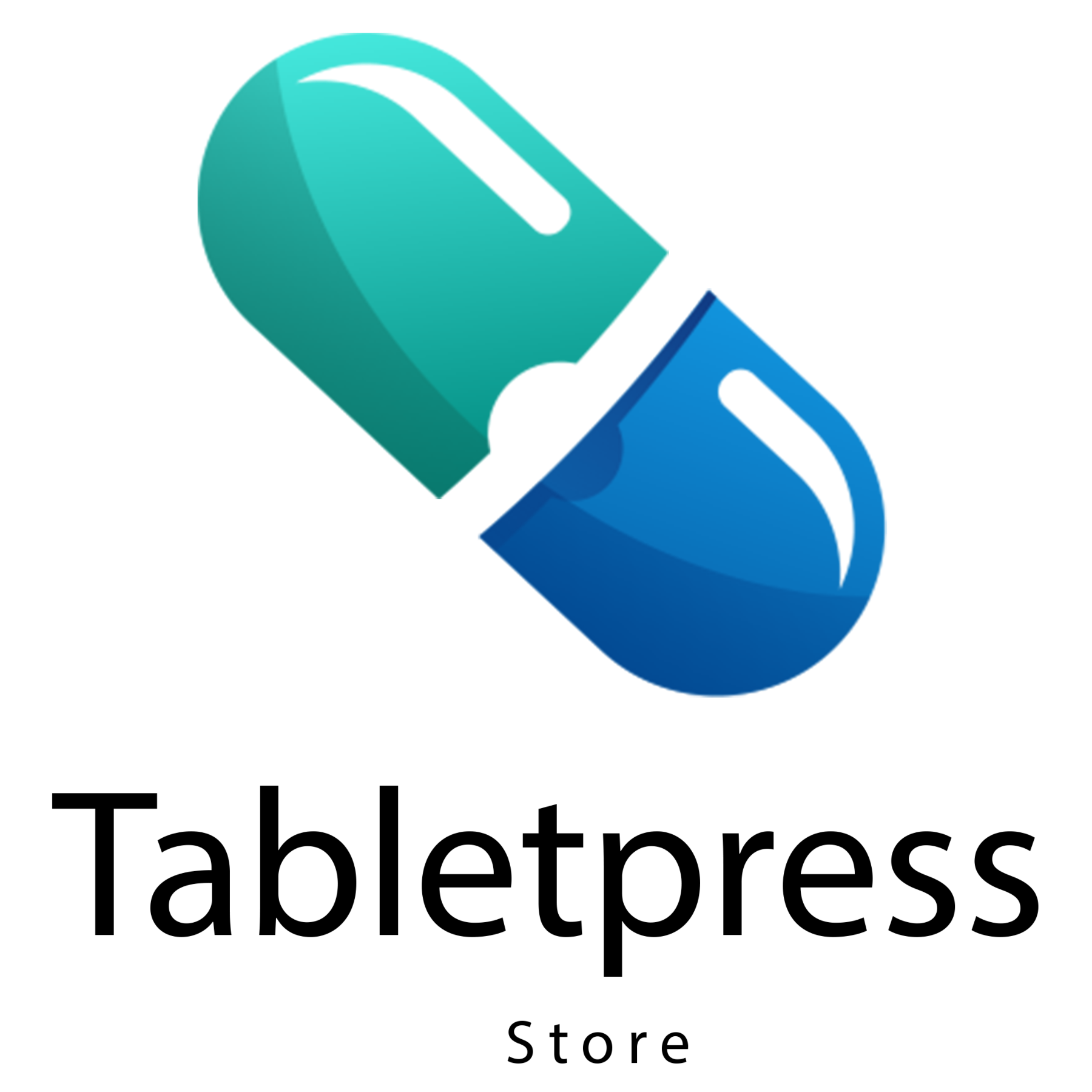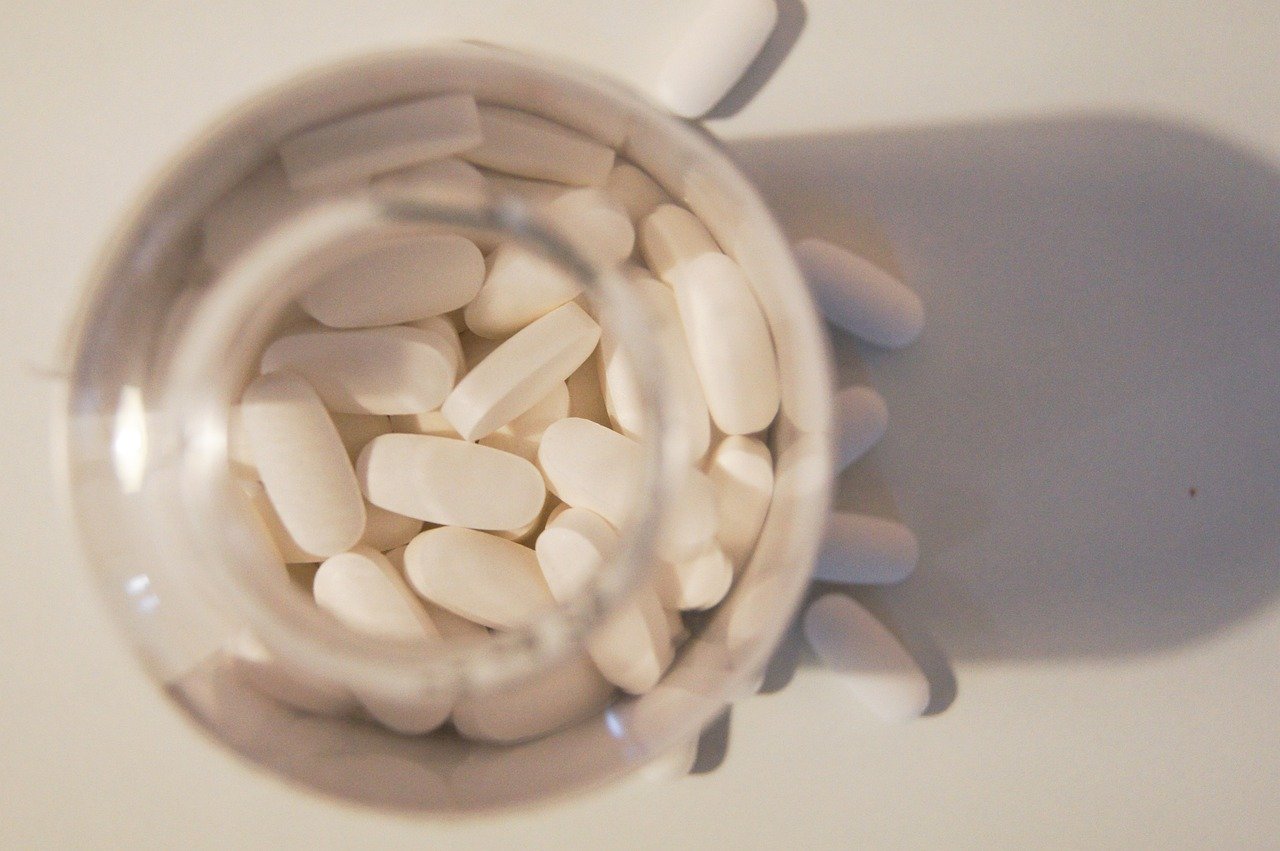Tablet manufacturing is a highly precise process in which various factors must be precisely coordinated to produce uniform, stable, and standard-compliant tablets. Tablet presses, whether eccentric or rotary, are at the heart of production. Despite state-of-the-art technology and automation, malfunctions and quality issues regularly occur in everyday production. These problems must be identified and resolved quickly to avoid production downtime or defective batches. This article examines the most common problems with tablet presses, their causes, and troubleshooting methods in a practical context.
A key problem that frequently occurs is so-called "capping" – the chipping of the upper or lower tablet layer during or shortly after the ejection phase. This phenomenon can be caused by insufficient binder concentration, incorrect moisture levels, or excessively high compression speed. Uneven powder flow or the use of excessively fine particles in the granules can also promote capping. In practice, careful granule control, particularly with regard to flowability and moisture content, is crucial. Modern presses are equipped with sensors to monitor compression pressure and tablet consistency, but manual control and fine adjustment remain a critical factor.
Another widespread problem is "sticking," where granules stick to the punches or dies. This leads to uneven tablet shapes, weight fluctuations, and can, over time, damage machine components. Causes can include excessively moist granules, inadequately coated punches, or the use of hygroscopic excipients. Regular cleaning of the pressing tools and the selection of suitable lubricants or release agents play a key role here. In some cases, an adjustment to the formulation is necessary, especially if certain active ingredients tend to stick.
Lamination also frequently presents a challenge. This occurs when the tablets split horizontally, indicating excessively rapid deaeration, insufficient compression, or faulty granulation. Lamination is often an indicator that the compression profile is not optimally tailored to the product. Reducing the speed or switching to two-stage compression can remedy this situation. At the same time, it is important to check whether the fillers used have sufficient plastic deformability.
In addition, problems with weight consistency often arise, especially at high pressing speeds or with powders with poor flowability. Fluctuations in tablet weight can have both mechanical causes, such as a faulty dosing screw or damaged dies, and material-related reasons. Continuous monitoring of tablet weights using inline scales or camera-based inspection is essential here. In practice, it is often found that even small changes in the granulate—for example, due to changes in the raw material or the degree of drying—can have a significant impact on dosing accuracy.
Mechanical or software errors in the press itself should also not be underestimated. Inadequate calibration of the press force sensors, worn bearings, inaccurate height adjustment of the punches, or incorrectly set parameters in the control system can lead to difficult-to-identify but serious production errors. Therefore, regular maintenance and precise documentation of changes and service intervals are of utmost importance. Training of operating personnel in the use of the control systems and error diagnostics also contributes significantly to process reliability.
Conclusion: Process understanding as the key to troubleshooting
Most problems with tablet presses can be traced back to a combination of machine parameters, material properties, and environmental conditions. A thorough understanding of these interactions is essential for systematic and efficient troubleshooting. The implementation of robust quality assurance systems, the use of modern process monitoring technologies, and close collaboration between production, technology, and development are the cornerstones of this. Ultimately, it's not just technology but, above all, the expertise of the operating personnel that determines the quality of the final product. Understanding the causes of recurring malfunctions allows not only faster response but also preventative intervention – thus minimizing downtime, reducing production costs, and ensuring long-term drug safety.





